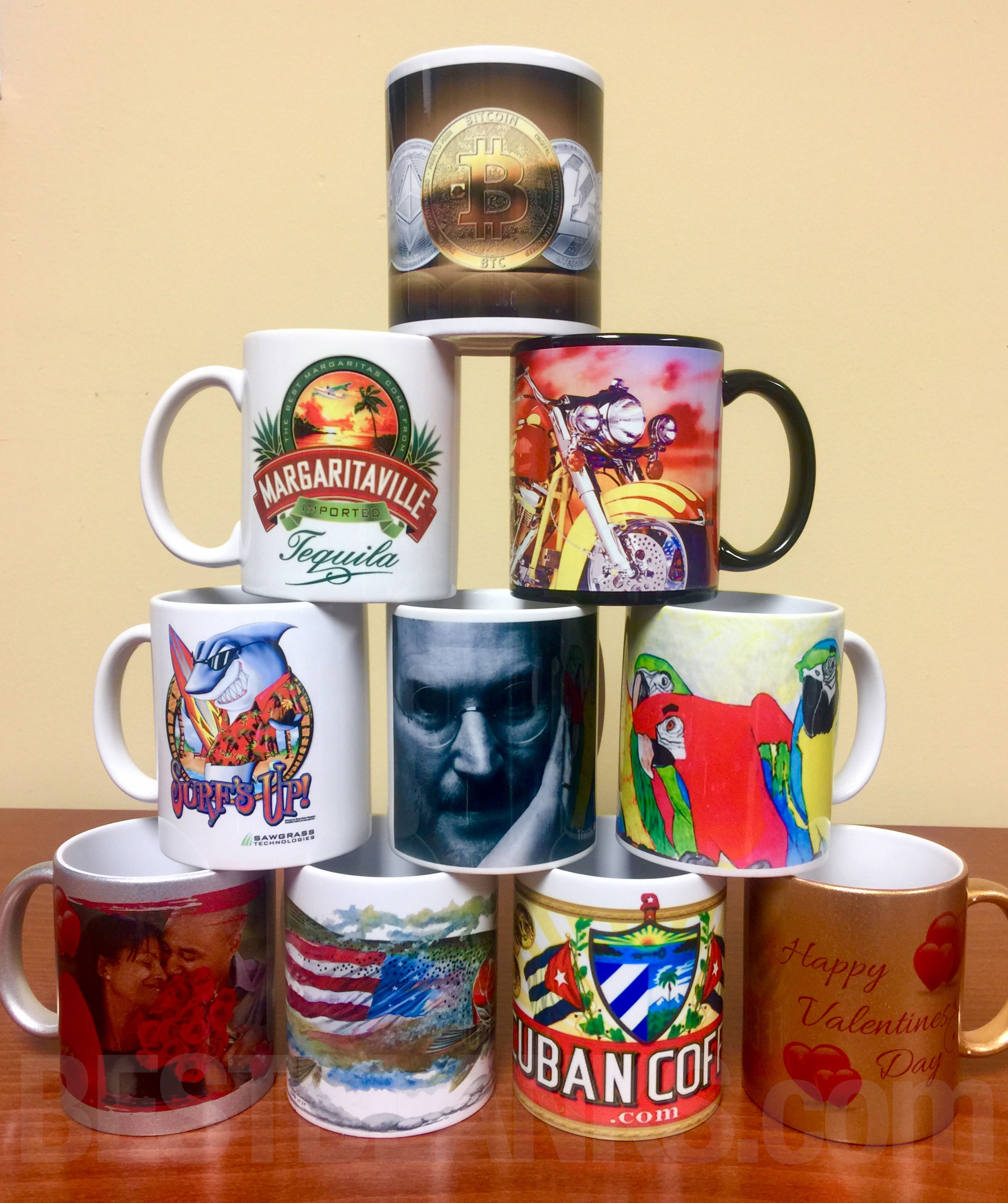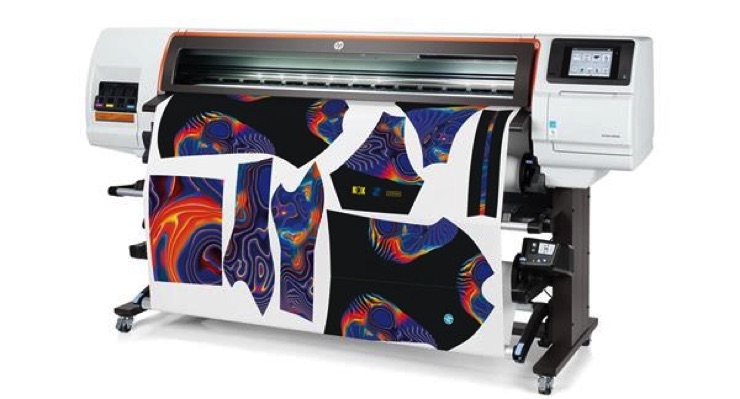Checking out the Advantages of Sublimation Printing for High-Quality Fabrics
Checking out the Advantages of Sublimation Printing for High-Quality Fabrics
Blog Article
Innovations in DTF Printing: Just How It's Reinventing the Industry
The textile printing industry is going through a substantial improvement, driven by the cutting-edge innovations in Direct-to-Film (DTF) modern technology. With remarkable ink formulas, boosted movie and sticky innovations, and the combination of automation, DTF printing supplies dynamic, resilient prints on a range of materials, meeting the boosting demand for personalization.
Advancements in DTF Innovation
Advancing swiftly, DTF (Direct-to-Film) printing modern technology has actually undergone substantial enhancements that are reinventing the fabric industry. Among the most noteworthy improvements is the enhancement in print quality. Modern DTF printers use innovative ink formulations that lead to vibrant, durable prints with high resolution and shade accuracy. These inks are specifically engineered for compatibility with various material types, guaranteeing consistent quality no matter of the material.

In addition, advancements in film and sticky technologies have actually enhanced the general application process. New movies use far better flexibility and adhesion, boosting the resilience and washability of the published styles - heat transfer vinyl printing. This makes sure that the prints keep their stability and vibrancy also after numerous washes
Lastly, ecological considerations have triggered the development of green DTF solutions. Producers are increasingly embracing sustainable practices, such as utilizing recyclable movies and water-based inks, aligning with international efforts to lower the sector's environmental footprint.
Benefits Over Traditional Techniques
When comparing DTF printing to standard methods such as screen printing and direct-to-garment (DTG) printing, a number of distinct benefits emerge. sublimation printing. One of one of the most significant benefits is its flexibility in material compatibility. Unlike screen printing, which often requires certain textile types, DTF printing can be used to a broader variety of materials, including cotton, polyester, and blends, without endangering print high quality
One more remarkable advantage is cost-effectiveness, particularly for little to medium-sized orders. Traditional display printing comes to be financially feasible only at greater volumes as a result of the setup expenses included. On the other hand, DTF printing eliminates these configuration expenses, making it much more cost effective for smaller sets and one-off styles.
Furthermore, DTF printing excels in resilience and washability. In addition, DTF printing offers faster turn-around times.

Boosted Style Capabilities
DTF printing uses improved layout capacities that establish it apart from conventional printing techniques. This technology permits a more comprehensive spectrum of vivid colors, elaborate details, and nuanced gradients, giving developers with extraordinary versatility. The procedure entails publishing a layout onto a special movie, which is after that moved to fabric. This enables for high-resolution prints that preserve clarity and sharpness, even on complex patterns and little text.
Moreover, DTF printing supports a vast range of fabrics, including cotton, polyester, blends, and even non-textile substrates. This adaptability opens up doors for creative applications in varied sectors such as style, home style, and promotional advice products. Unlike display printing, which can be restricting due to color separation and pattern creation, DTF printing streamlines the process, making photo-realistic and multi-color designs a lot more accessible.
Additionally, DTF printing succeeds in attaining regular shade accuracy and vibrancy. In significance, DTF printing equips designers to press the limits of imagination, supplying aesthetically magnificent outcomes that were previously unattainable.
Cost and Time Performance
One of the notable advantages of DTF printing lies in its price and time performance, making it a preferred choice for many services. Unlike typical methods that need substantial investment in screens and configuration times, DTF printing enables for straight application onto numerous products with marginal preparation.
In addition, DTF printing masters generating brief runs and customized orders cost-effectively. The ability to create high-grade prints without the demand for huge quantity commitments reduces waste and optimizes resource appropriation. This adaptability is specifically beneficial for little services and startups that may not have the funding to spend in massive production runs.
In terms of functional efficiency, DTF printing's structured workflow enhances general productivity. Therefore, DTF printing stands out as a transformative option in the printing sector.
Future Trends in DTF Printing
Anticipating future trends in DTF printing reveals a landscape noted by quick technical advancements and enhanced market demand (sublimation printing). One considerable pattern is the combination of expert system (AI) and artificial intelligence formulas to maximize print top quality and enhance procedures. AI-driven systems can anticipate prospective concerns and adjust setups in real-time, ensuring regularly high-grade output
In addition, developments in lasting products and environmentally friendly inks are expected to gain grip. As ecological concerns come to be more important, the market is most likely to see a change in the direction of safe and eco-friendly inks, decreasing its environmental footprint.
Customization and personalization will certainly additionally play a critical duty. read this article With the expanding consumer need for distinct, individualized items, DTF printing innovations are evolving to supply more comprehensive and detailed personalization options. This fad is supported by boosted software application remedies that enable even more complicated and imaginative styles.
Lastly, the combination of DTF printing with various other digital systems and e-commerce options will end up being extra seamless. This connection will certainly enable services to offer on-demand printing services straight to customers, even more driving development in the industry. These patterns collectively highlight a future where DTF printing not only meets however goes beyond the developing requirements of the marketplace.
Final Thought

When comparing DTF printing to traditional techniques such as display printing and direct-to-garment (DTG) printing, several distinctive advantages arise. Unlike display printing, which commonly requires certain fabric this contact form types, DTF printing can be used to a broader variety of products, including cotton, polyester, and blends, without jeopardizing print top quality.
DTF printing provides improved design abilities that establish it apart from traditional printing techniques. Thus, DTF printing stands out as a transformative service in the printing sector.
Developments in DTF printing dramatically enhance the textile printing market by giving exceptional print quality, effectiveness, and adaptability.
Report this page